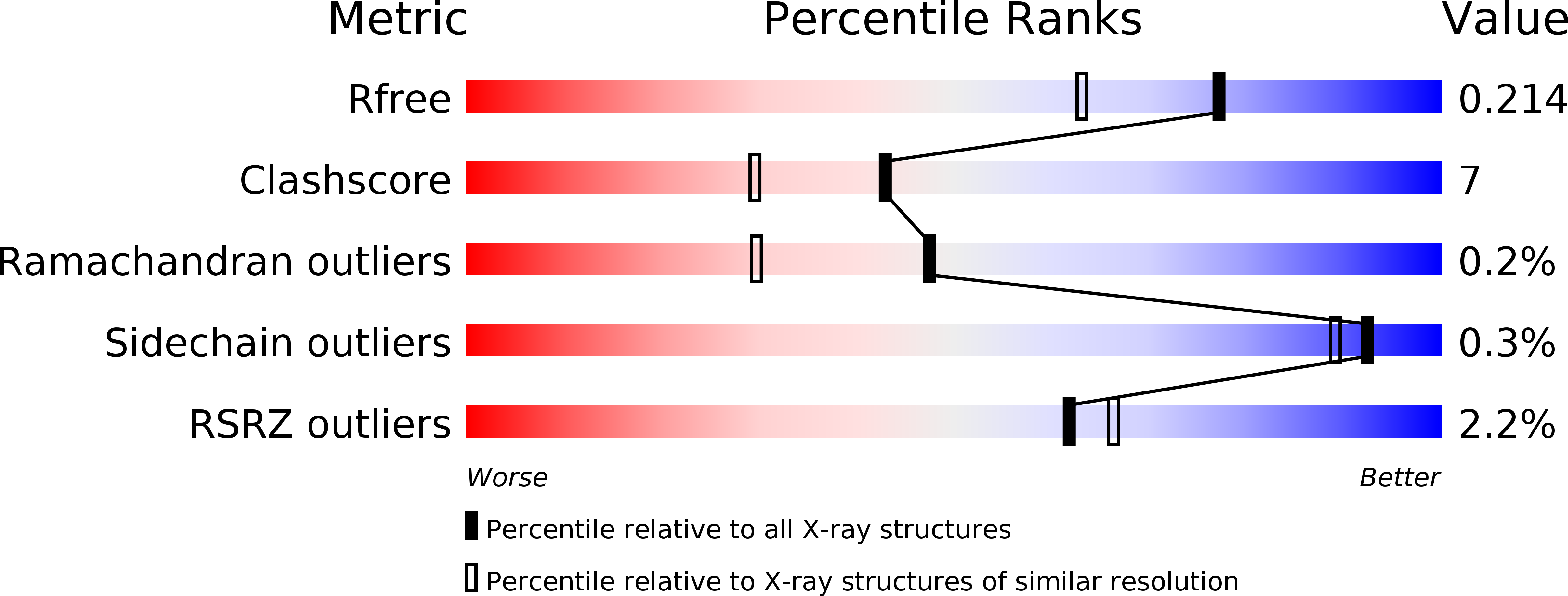
Deposition Date
2012-02-09
Release Date
2012-05-09
Last Version Date
2024-02-28
Entry Detail
PDB ID:
4DOK
Keywords:
Title:
Crystal structure of Arabidopsis thaliana chalcone-isomerase like protein At5g05270 (AtCHIL)
Biological Source:
Source Organism:
Arabidopsis thaliana (Taxon ID: 3702)
Host Organism:
Method Details:
Experimental Method:
Resolution:
1.70 Å
R-Value Free:
0.21
R-Value Work:
0.19
Space Group:
C 1 2 1


